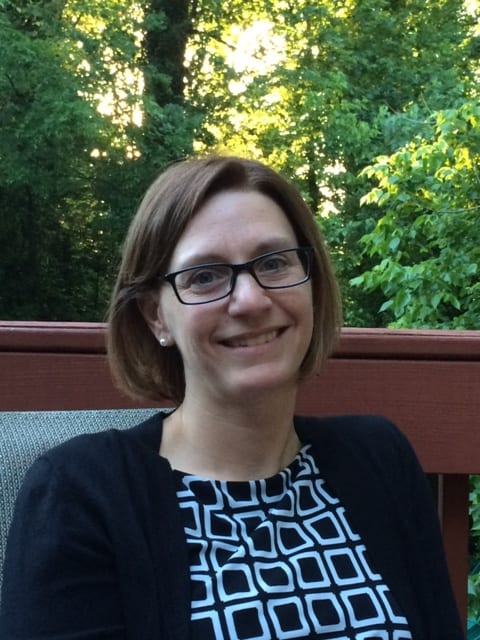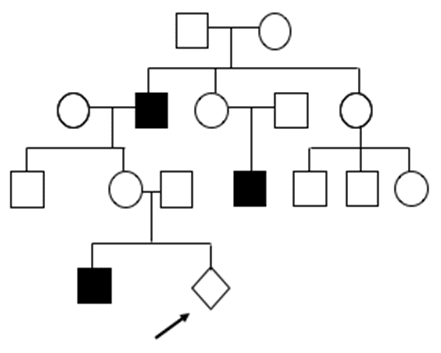Posted by: Staff
We sat down with ASHG member Kathryn (Kate) Garber, PhD, to learn more about her unusual, three-part job and how she keeps up with it all (hint: superpowers are involved).
ASHG: Tell us about your position and how it fits into your institution and its goals.

Kate: I have three main pieces to my job: teaching, working in a clinical genetic testing lab, and writing for The American Journal of Human Genetics (AJHG). The typical tenure-track academic job wasn’t right for me, but I love academia, and I’ve managed to evolve my job into something that suits me and that fills a niche in our department. Emory has a medical school and training programs for physician assistants and genetic counselors, and all of these students are required to learn human genetics during their training. I have been involved in the design and implementation of each of these programs, and I teach in all three every semester. As I’ve gained more experience, I’ve also been involved in oversight of the medical school program, which has been a great learning opportunity for me.
In the clinical genetic testing lab, I am a variant analyst, which means that I classify DNA sequence variation as being pathogenic (disease-causing) or not before it is reported back to the ordering physician and patient. I also respond to clients who have questions about a variant classification and regularly discuss our classifications with other testing laboratories to help ensure consistency between labs. This job involves a lot of computer work and reading, and I’m constantly learning about new genes and new conditions. To me, it feels like solving puzzles, and I find it very interesting.
Finally, I write a monthly column called “This Month in Genetics” for AJHG. I scan the literature each month to find articles that I think will be of interest to the human genetics community, and then I write a short summary for each. Although sometimes it feels like the deadlines come faster and faster, I can’t think of a better opportunity to stay widely-read and to work on my writing skills. Some of my favorite days are spent scanning tables of contents looking for papers that catch my eye. Although translating that excitement into a few short sentences can be tricky, it is great practice for me in delivering complex information succinctly.
ASHG: How do you keep up with the latest in genetics science and use this in your work?
Kate: My work with AJHG really helps with that! But I also use GenomeWeb to monitor what’s going on. Attending seminars on a wide variety of topics is also something I find valuable, particularly for keeping up with techniques.
ASHG: What are your favorite genetics websites?
Kate: OMIM (Online Mendelian Inheritance in Man) and GeneReviews. Both are go-to websites for me on a daily basis. OMIM does such a great job summarizing the literature on disease genes and is a quick reference for inheritance patterns and to find the phenotype associated with a gene. GeneReviews is a great place to find overviews written by experts that summarize clinically relevant information for a variety of genetic conditions. Both are extremely valuable sources of information for the work that I do.
ASHG: What are you currently reading/thinking about?
Kate: Chromatin domains and other higher order ways to control genes. And because of some of my classes, I’ve been thinking a lot about the latest and greatest treatment strategies for genetic disease, such as RNA-based therapies and gene therapy.

ASHG: What everyday thing are you better at than everyone else? What’s your superpower?
Kate: It’s not a broadly applicable skill, but useful for a geneticist: drawing pedigrees in PowerPoint.
Kathryn (Kate) Garber, PhD, is an Associate Professor at Emory University and Chair of the ASHG Communications Committee. She has been a member of ASHG since 2007.
